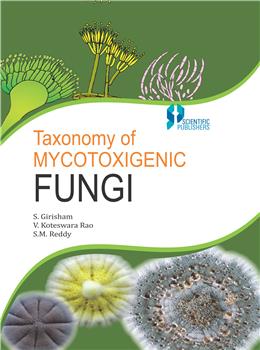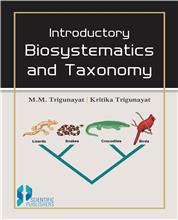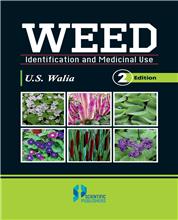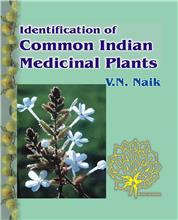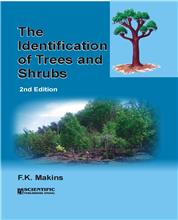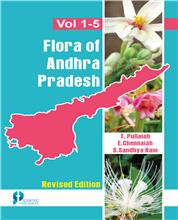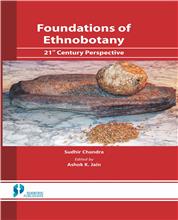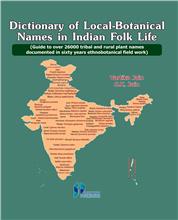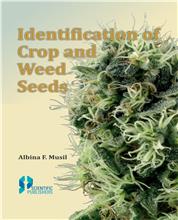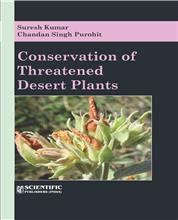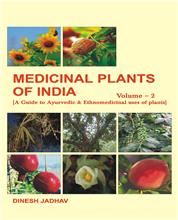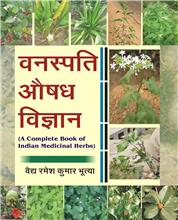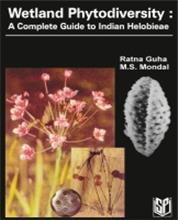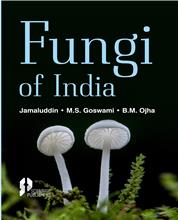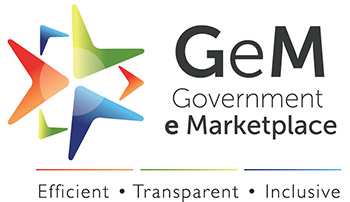Chapter 1 Introduction
1.1.(i) General Introduction
1.2. (ii) Key to the identification of mycotoxin producing fungi
1.3. (iii) Figures of Mycotoxigenic Fungi
Chapter 2 Isolation and detection of mycotoxigenic fungi
2.1. Mycological Examination of Foods
2.2. Sample Preparation
2.3. Methods and Media for Isolation of Xerophilic Fungi
2.4. Taxonomy of Food Spoilage Fungi
2.5. Culture Collections and their Importance in Mycotoxin Research
2.5.1. Methods of Metabolic Activity Maintained Fungal Cultures
2.5.2. Methods of Metabolically Inactive Fungal Cultures
2.6. Importance of Culture Collections for Research on Mycotoxigenic Fungi of Stored Products
2.7. Culture Collection and Developing Countries
Chapter 3: Description of Various Mycotoxigenic Fungi
1. Acremonium
2. Alternaria
3. Arthrinium
4. Ascochyta
5. Aspergillus
6. Beauveria
7. Bipolaris
8. Byssochlamys
9. Ceratocystis
10. Chalara
11. Chaetomium
12. Cladosporium
13. Clavariopsis
14. Claviceps
15. Colletotrichum
16. Curvularia
17. Cylindrocarpon
18. Dendrodochium
19. Diaporthe
20. Diplodia
21. Dichotomomyces
22. Drechslera
23. Dematophora
24. Epichloe
25. Epicoccum
26. Fusarium
27. Fusicoccum
28. Gerlachia
29. Gibberella
30. Gliocladium
31. Gloeotinia
32. Hormiscium
33. Hyalodendron
34. Lasiodiplodia
35. Metarrhizium
36. Microdochium
37. Magnaparthe
38. Monographella
39. Myrothecium
40. Nigrospora
41. Paecilomyces
42. Papulaspora
43. Penicillium
44. Periconia
45. Pestalotiopsis
46. Phoma
47. Phomopsis
48. Piricauda
49. Pithomyces
50. Pteroconium
51. Pyricularia
52. Rosellinia
53. Sclerotinia
54. Sepedonium
55. Stachybotrys
56. Sphacilia
57. Talaromyces
58 Thanatephorerus
59. Thielavia
60. Torulopsis
61. Trichoderma
62. Trichotheicum
63. Verticillium
64. Verticimonosporium
65. Zygosporium
Chapter 4 Molecular Detection of Mycotoxigenic Fungi and Mycotoxins
4. 1. Introduction
4.2. Biosynthetic Gene Clusters
4.3. Molecular Markers for Fungal Complex Genetic Analyses
4.4. Polymerase Chain Reaction (PCR) in Detection of Mycotoxigenic species
4.5. Single-Strand Conformation Polymorphism (SSCP)
4.6. Randomly Amplified Polymorphic DNA (RAPD)
4.7. Amplified Fragment Length Polymorphism (AFLP)
4.8. Molecular Detection of Different Mycotoxins in Foods and Feeds
Chapter 5 Pleomorphism in Mycotoxigenic Fungi
5.1. Pleomorphism with Conidia of the same Ontogenic Type
5.2. Pleomorphism with Conidia of different types
5.3. Pleomorphism of Conidiomata
5.4. Sequence of States
5.5. Pleomorphism and Classification
5.6. Pleomorphism and Nomenclature
Chapter 6 Ecology of Mycotoxigenic Fungi
6.1. Effect of Physical factors
6.2. Effect of Chemical factors
6.3. Influence of Biological factors
Glossary
List of Mycotoxigenic Species
References
